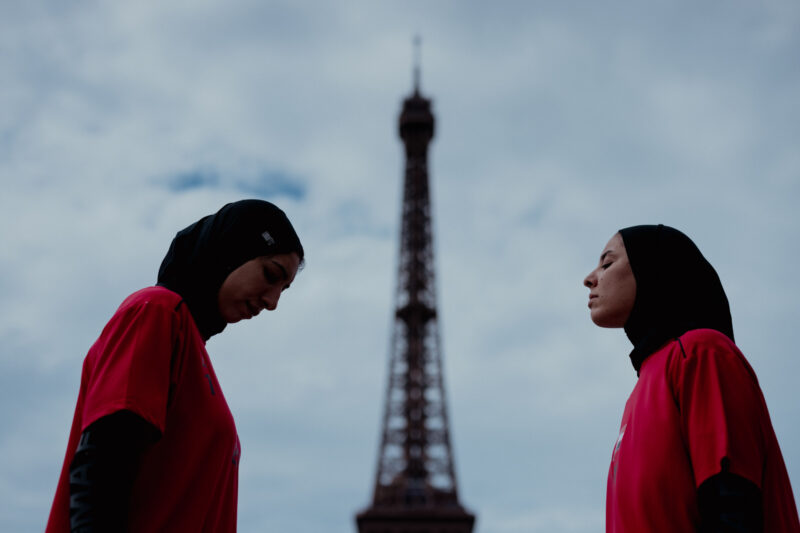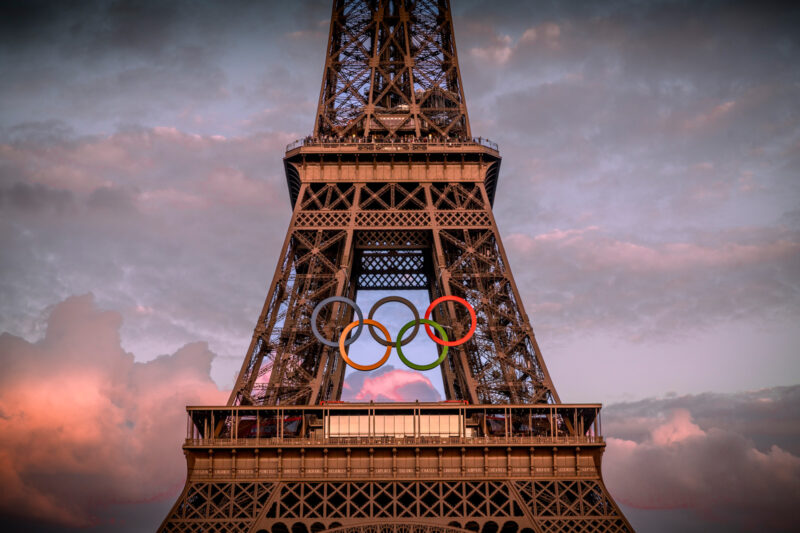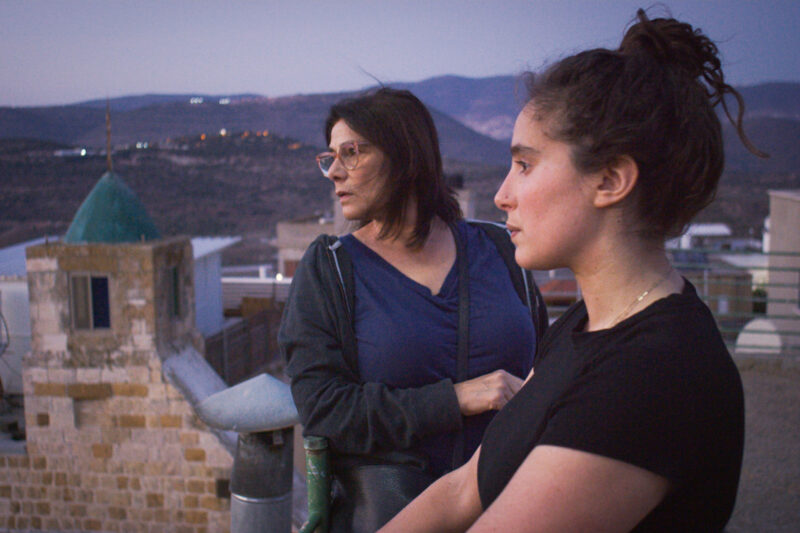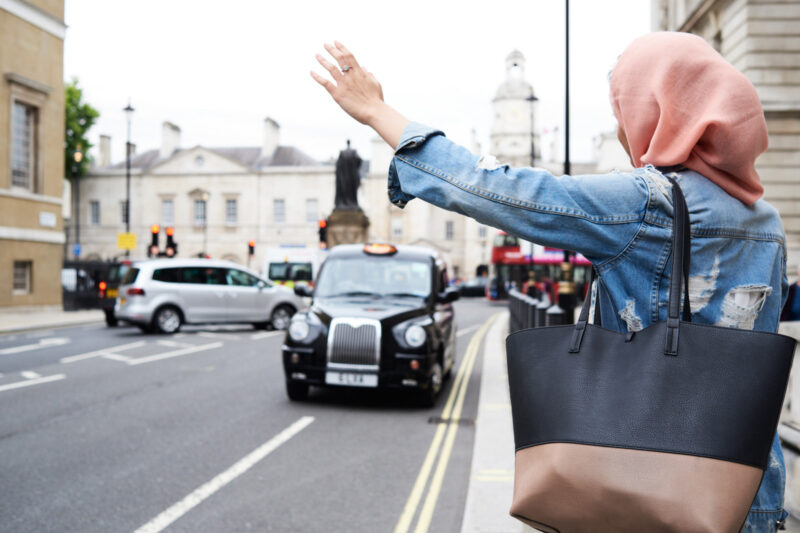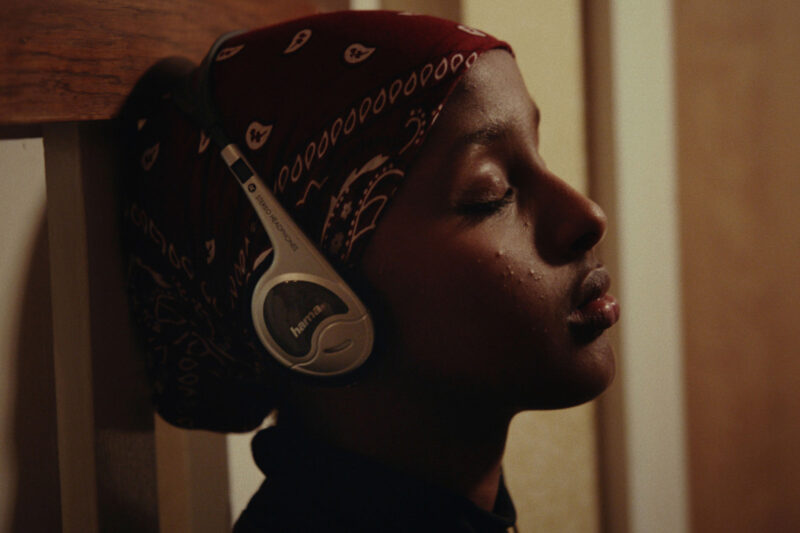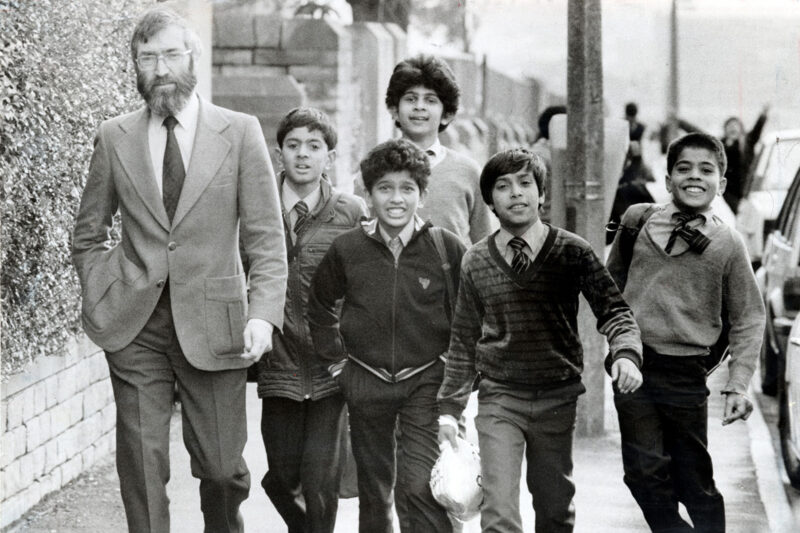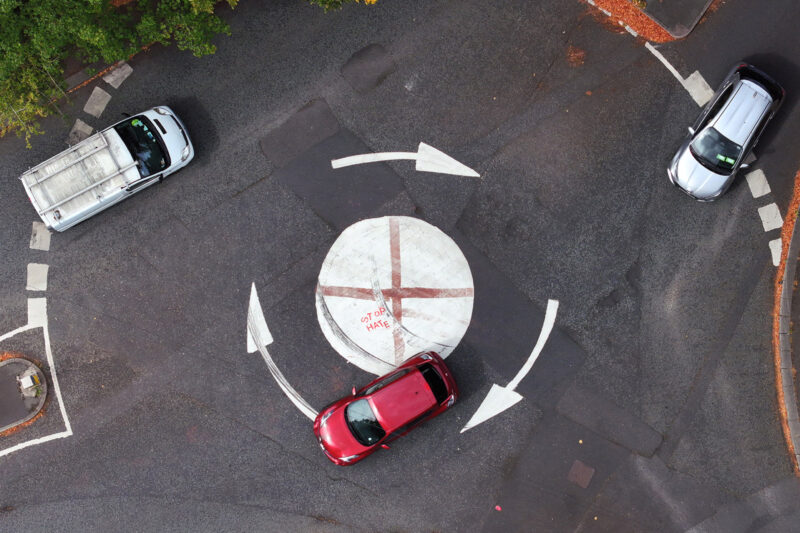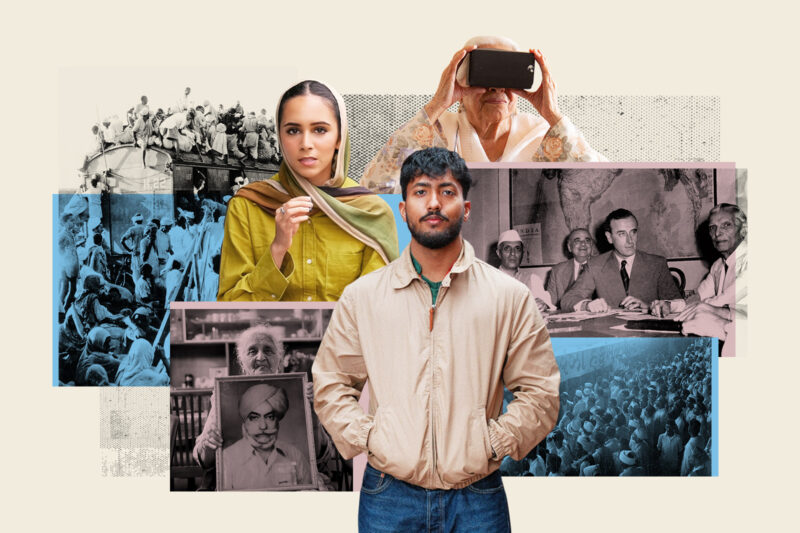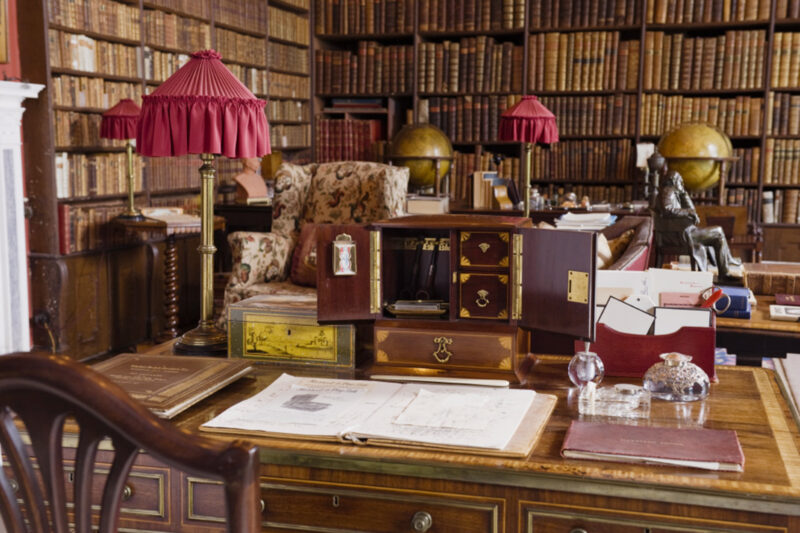How hammams became Parisian
Turkish steam baths, imported by north African migrants and beloved by tourists, have been embraced by the French capital
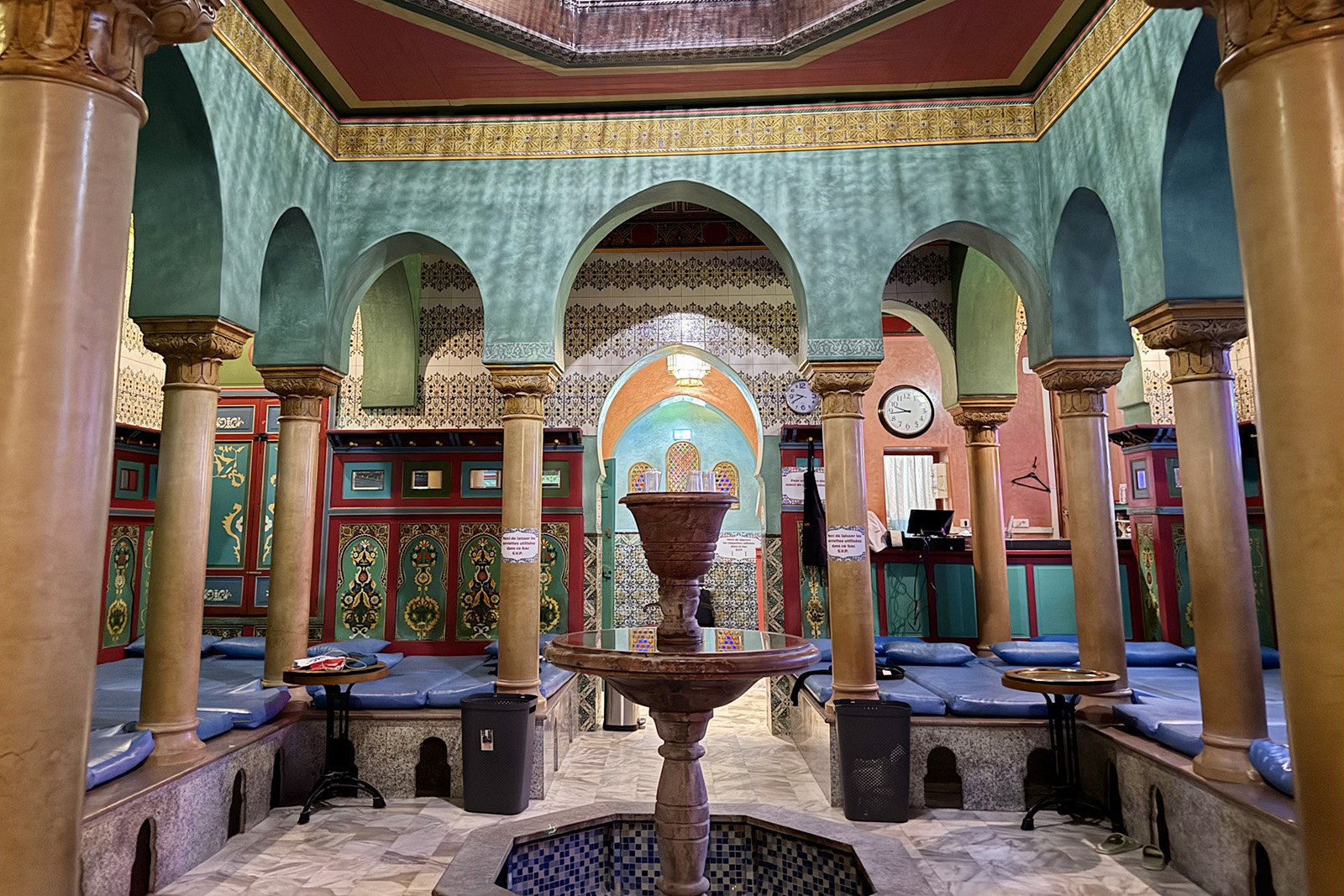
On a crisp winter morning, the hammam at the Grand Mosque of Paris serenely kicked into gear. Clients, including a family of American tourists and a pair of young French women, moved steadily through the carved wooden entrance into the magnificent mosaic and marble-lined cafe to sip sugary mint tea and wait for the steam to accumulate in the bathing rooms next door. “For many who come here, it’s their first time ever in a hammam,” said Mohammad Zaidi, a Franco-Algerian who has managed the facility since 1994. “It’s an introduction to the culture.”
Hammams are a type of steam bath born in the Ottoman Empire where they were used for both ritual religious ablutions and as a public space for general hygiene, similar to the Roman thermae. They were introduced to the French public by north African immigrants from colonies in Tunisia, Morocco and Algeria around a century ago and thrived. Paris now boasts at least 20 hammams, with more being built. Testament to how closely they’ve been embraced into Parisian culture, the Grand Mosque’s baths were featured in the second season of the popular Netflix series Emily in Paris. “They came out of the hammam all beautiful,” added Zaidi. “I was very proud.”
The French elite’s fascination with “exotic” bathing houses, however, far predates Netflix, reaching back to the Orientalism movement of the 19th century following Napoleon Bonaparte’s invasion of Egypt and Syria. The façade of what is believed to be the first hammam in Paris, built in 1876 by French architects, still stands on 18 Rue des Mathurins, near the city’s famed Palais Garnier opera house.
“At that time, it was a very elite project,” said Nebahat Avcioglu, a professor at City University of New York, who specialises in cross-cultural connections between Europe and the Islamic world. “It was kind of a social hygiene reform that Europeans introduced after they saw it working in places like Turkey. It was only later that hammams for Muslim populations arrived.”
Today, the Grand Mosque boasts the oldest working hammam in Paris. Located in a tranquil corner of the city’s 5th arrondissement, beside the leafy Jardin des Plantes, not far from the river Seine, the mosque complex was built in the 1920s as a homage to the 100,000 French Muslim soldiers who died fighting Germany and its allies in the first world war. Following its construction, Avcioglu explains, the number of hammams run by Muslims began to grow: “These were places where wealth and status did not matter. Everyone was able to mingle in an open space.”
For the last 20 years, the Grand Mosque’s 700-square-metre baths have only been open to women. Of the 1,000 clients that use the facility every week, Zaidi estimates 90% are European. He attributes a recent surge in popularity among non-Muslim tourists and residents in part to an increased awareness of the health and wellbeing benefits of steam baths – alongside the skin scrubs and deep tissue massages on offer – but also because of their Instagrammability.
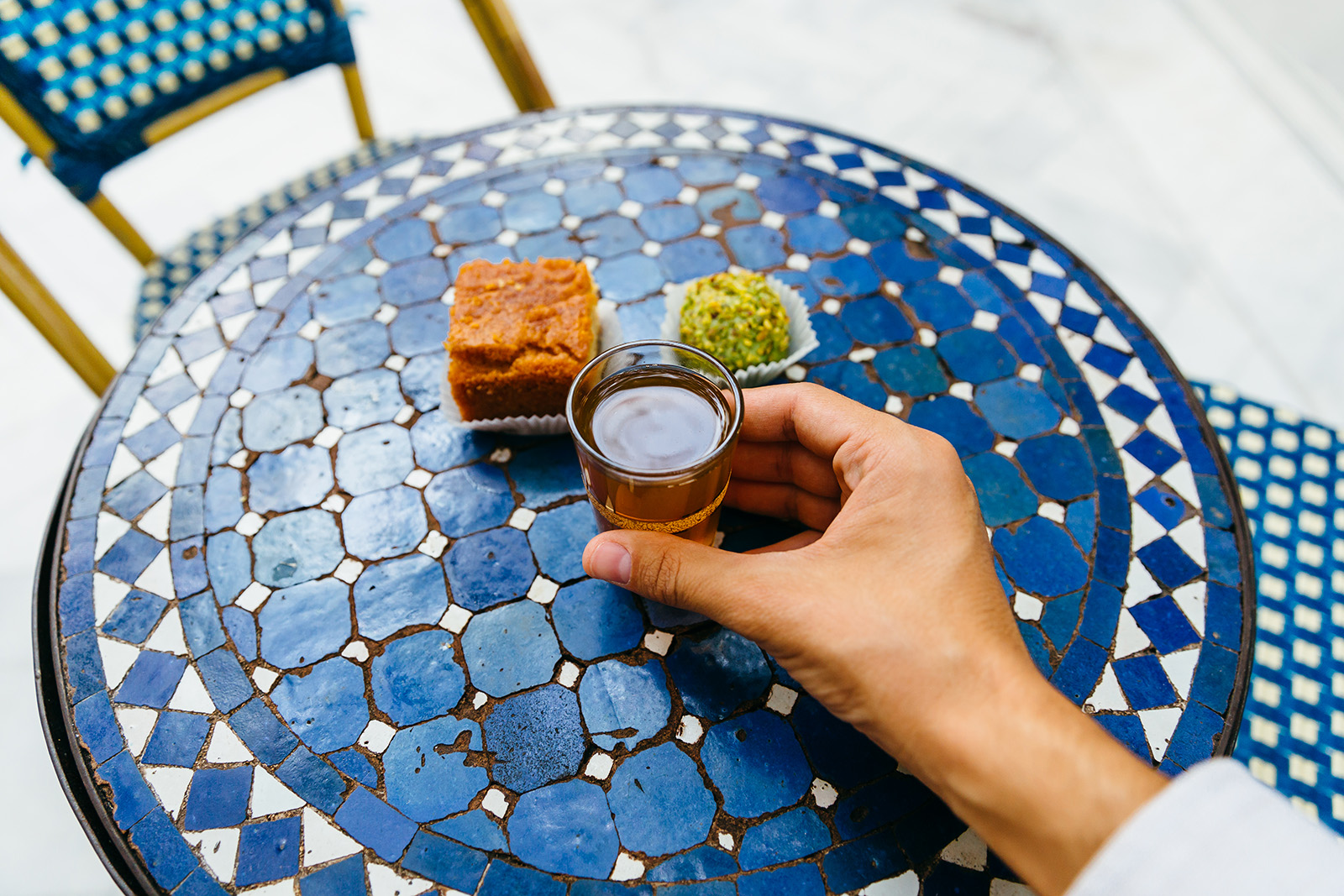
Among the most photographed is Hammam Pacha, opened in 1988 in the 6th arrondissement by Tunisian migrant Georges Nataf, filled with colourful mosaics, Moroccan lanterns and elegant floor tiling. Another high-end location popular with social media users is Aux Bains Montorgueil, an intimate mosaic-lined space in the 2nd arrondissement once used exclusively by Moroccan royalty but now open to all.
Away from these splendid bathing houses in the touristic heart of the city, hammams still play a key role in the daily lives of Muslim Parisians for cleanliness, pleasure, and as a place to nurture their traditional cultures and communities. The Hammam Bains Vapeurs in Barbès, among the most diverse and working class neighbourhoods in Paris, bustles with trade seven days a week. Djole Bensaïd, a long time employee, says the 450-square-metre space, opened in 1970 by Tunisian migrants, welcomes clients largely from sub-Saharan African, north-African and Asian backgrounds. One of the few hammams still open to both women and men, it has a separate floor for each. Since the pandemic, however, Bensaïd has also noticed a greater number of non-Muslims visiting. “All kinds of people come here, white, black or Arab,” he said.
Down in the steam rooms, rich with the scent of rosemary and other herbs, a group of three Italians of Tunisian origin, now living in Paris, queued up for a gommage skin scrub. “We have made it a monthly ritual to visit this hammam,” said one, pouring a container of warm water over his legs. “It’s part of our culture. It’s part of us.”
The neighbourhood is about to gain another hammam. The Institute of Islamic Cultures (ICI), a contemporary arts centre funded by Paris city hall, is set to re-open its steam baths later this year after a decade of closure plagued by structural building issues, the pandemic, and soaring energy costs.
“We want to champion cultural diversity of all kinds, with exhibitions, performances, but also with the hammam,” said Stéphanie Chazalon, the ICI’s director.
While Chazalon wants the institution to maintain a strong local link with its diverse neighbourhood, the majority of its visitors come from outside, and so the institute, and the hammam particularly, presents an opportunity for social mixing. “It is a unique space for meeting,” she added. “We want it to be open to all of them.”
 Newsletter
Newsletter



